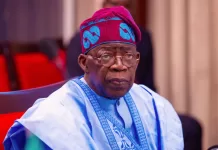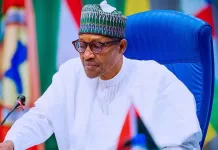Several reasons are to blame for the rising number of out-of-school children in Nigeria.

Nigeria’s education system is dysfunctional, at least in the public sphere. Its physical infrastructure is in disarray, so is the physical structure.
The government continues to speak more about the crises it faces rather than taking action to resolve them. This situation continues to lower the country’s educational standards.
According to the United Nations Education Fund, the number of children aged 5 to 14 who are not in school in the nation is estimated to be 10.5 million.
Only 35.6% of kids between the ages of 36 and 59 months receive early childhood education, while only 61% of kids between the ages of 6 and 11 routinely attend primary school.
Maryam Uwais is the Special Adviser to the President Muhammadu Buhari on Social Investment.
On Thursday, she gave reasons for the increasing rate of out-of-school school children in Nigeria.
According to her, one of the causes was the emphasis on school infrastructure rather than bringing street kids into the classroom.
She acknowledged that the education sector needed adequate infrastructure to house students and teachers, but added that the government also needed to handle other pressing issues like poverty.
People Also Read: Expert Explains Real Reason Nigeria’s Debt Keeps Rising
Uwais said on Channels Television’s Sunrise Daily that some elected officials chose to work on visible projects like infrastructure instead of addressing existential issues like poverty and dropping out-of-school, among other things.
Quest For Legacy
“We have a population that is growing much faster than our economy and we are not really targeting those issues that are increasing the numbers, there are so many disparities.
“We need to be more strategic about what it is that is causing these numbers,” she said.
“So, there are many reasons and I think the government is trying to put all these together.
“We should be more holistic about how we handle these issues.
“I agree with you that the numbers are large but there are many issues as I said and even structure issues.
“When elected officers get into government, they are more interested in seeing what is tangible, pointing at something and saying this is my legacy.
“When you budget for education at the state level, most of the money tends to go to infrastructure.
“But there are other issues that are more important and I am not downplaying infrastructure.
“We need more infrastructure; we need to look at the poverty issues, the underlining issues that compound the problem need to be addressed,” she said.






